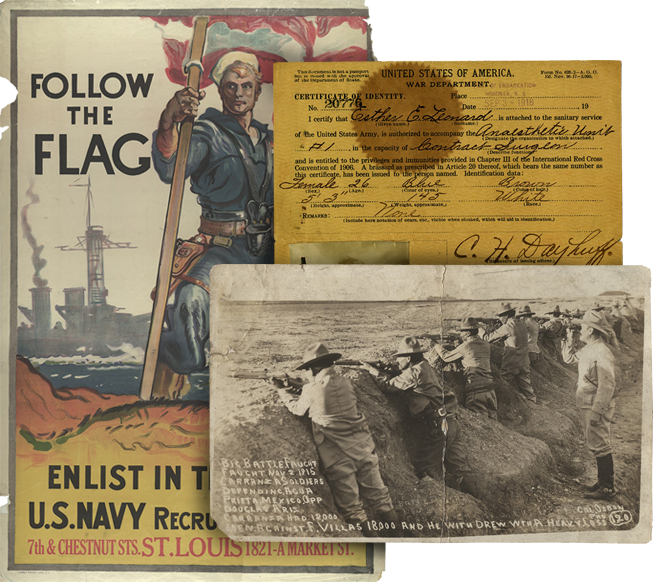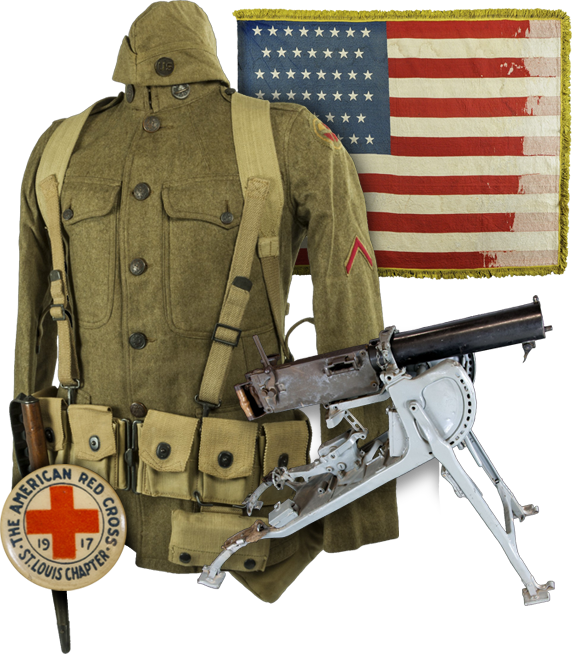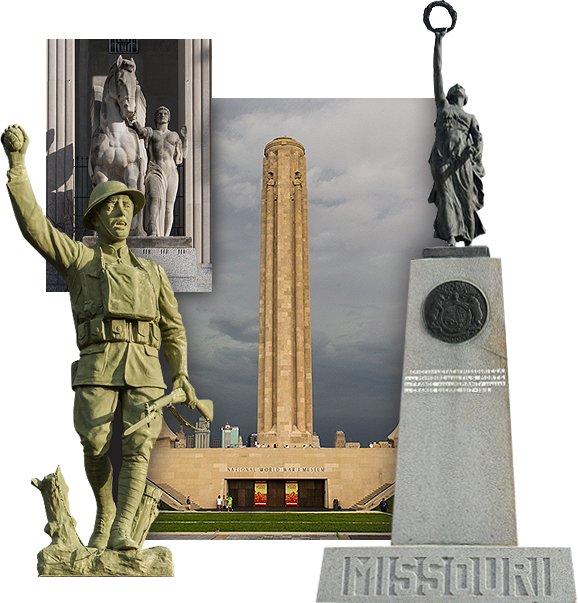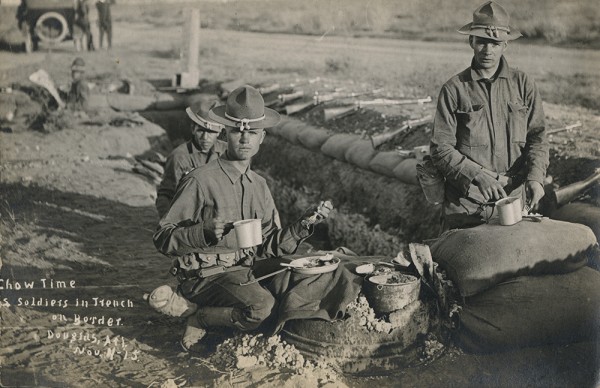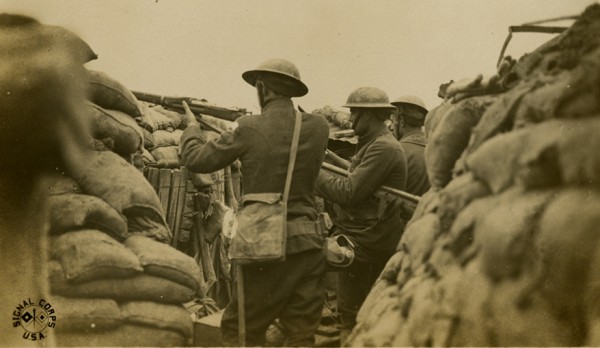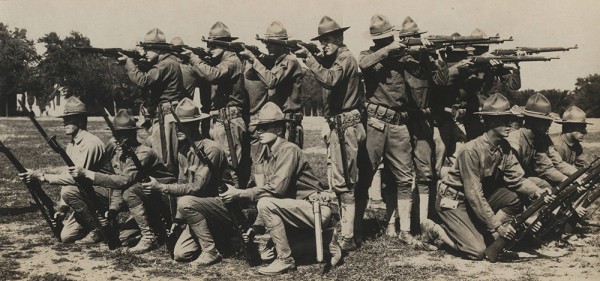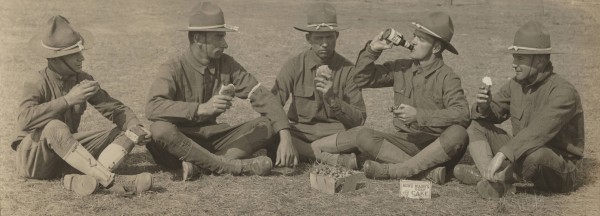Articles

Photograph of Wayne Miner, American Legion Post #149 - October 20,1921
Image courtesy of Black Archives of Mid-America
African Americans and World War I
Written by Jennifer D. Keene
President Woodrow Wilson’s proclamation that the United States was fighting “to make the world safe for democracy” rang hollow for many African Americans. Wilson had already disappointed civil rights leaders by allowing federal agencies to re-segregate their offices and by endorsing the white supremacist message of the controversial film Birth of a Nation. Determined to fight for democracy at home and abroad, many African Americans saw the war as an opportunity to press forward with their demands for equality. During the period of neutrality most African Americans (like most Americans) remained indifferent to the larger geo-political issues surrounding the war. Many workers, however, immediately recognized the economic opportunities the war provided. The war had disrupted the flow of ch… Continue Reading
Missourians on the Border
Written by Jeffrey Patrick
Early on the morning of March 9, 1916, Mexican irregulars under the command of Francisco “Pancho” Villa charged into the border town of Columbus, New Mexico. After a nearly three hour clash with the town's citizens and U.S. cavalrymen, Villa’s men retreated back across the border, leaving behind 18 dead Americans. An outraged President Woodrow Wilson ordered General John J. Pershing to lead two columns of U.S. Regulars in pursuit of the bandit Villa. On June 18, 1916, Wilson, citing “the possibility of further aggression upon the United States” from Mexico and the “necessity for the proper protection of that frontier,” mobilized the entire United States National Guard for duty on the Mexican border. Secretary of War Newton Baker's telegram calling out the National Guard of Missouri… Continue Reading
Trench Warfare
Written by Nicholas Murray
Pictures of trenches are often used to symbolize the First World War: indeed it is rare to see an image from the conflict that does not include men in trenches, or a battle scarred landscape with trenches in it. Furthermore, understanding the role trenches played in the conflict is critical to understanding the nature and destructiveness of the war, yet relatively little is understood about their use. In order to explain why trenches were so important it is necessary to ask several questions. What are trenches? Why did soldiers need them? How did they change over time? What effect did all of this have on the battlefield? It is the interaction of the answers to these questions that helps to explain why trenches were so important and why the war was such a long bloody deadlock. A trench is… Continue Reading
America Joins the War
Written by Michael S. Neiberg
In 1914, most Americans blamed the outbreak of the war either on the overly-aggressive actions of Germany or the essentially undemocratic nature of many of the belligerent governments. In 1914, few Americans wanted to see their nation become directly involved in the war, but most Americans who did not blame both sides equally sympathized with the Allies. They sent money, medical supplies, and sometimes went themselves as volunteers to help Britain and France. As the war evolved, Germany’s defenders in the United States became fewer and fewer until by 1917 the American people had come to see the need to fight against Germany to protect both the future security of Europe and the United States itself. Most Americans took a nuanced attitude toward Germany’s role in causing the war. They blam… Continue Reading
American Doughboys Overseas
Written by Jennifer D. Keene
The United States entered World War I in April 1917, two and a half years after the war started. Having made few preparations beforehand, it took the nation nearly a year to raise, train, and transport an expeditionary force overseas. American soldiers only fought along the Western Front in 1918, a period when the trench deadlock broke open and a war of movement resumed. Doughboys certainly spent a fair amount of time in the trenches, but sustaining momentum in battle proved the greater challenge during the fall 1918 when most American soldiers entered the front lines. The nation relied primarily on conscription to raise the wartime force, although Regular Army and National Guard units accepted volunteers until December 1917. The enlisted population reflected the multi-ethnic and racial… Continue Reading

